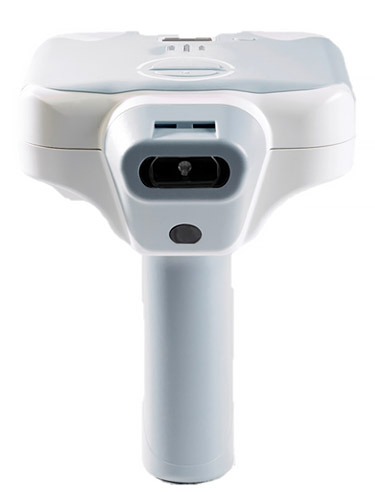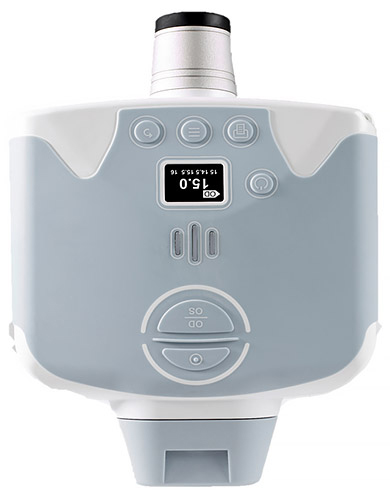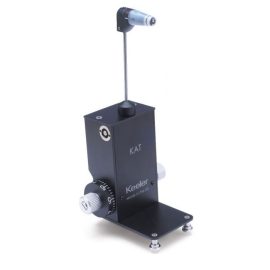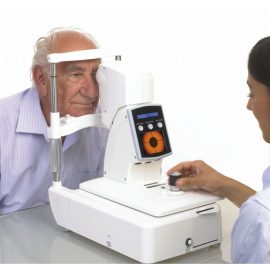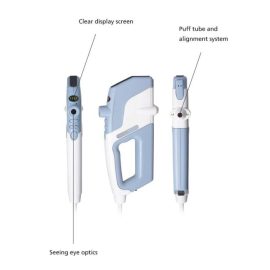According to The WHO, Glaucoma is the second leading cause of blindness globally.
The WHO also reported that at present over 8 million people are bilaterally blind due to glaucoma, a figure that is set to rise to over 11 million by 2020 with the increasing prevalence, unless improved screening and effective treatment strategies are successful.
As a leader in the field of Tonometry and with a heritage of producing high quality tonometers, we at Keeler believe we play a pivotal role in the detection of Glaucoma by producing the highest quality products at affordable prices for all clinicians throughout the world.
Keeler’s latest Tonometer was designed to consider all the different environments clinicians face all over the world. The long-lasting battery, compact design and the portability of the device enables it to be used in a small practise room, domiciliary use or even large scale screening programs. However, our key targets which we believe will play a pivotal role in increasing detection rates of Glaucoma were: –
Accuracy:
The Tonocare has been through a rigorous testing protocol to compare closely to GAT. The heavy investment into the dynamic puff control enable the tonometer to produce accurate and consistent measurements which in turn will enable users to confidently monitor changes in IOP over time.
Affordability:
Our aim was to ensure all clinicians all over the world could afford to use the device with little burdening costs on either their practise or the patient, inherently this would ensure detection of the second leading cause blindness to increase.

